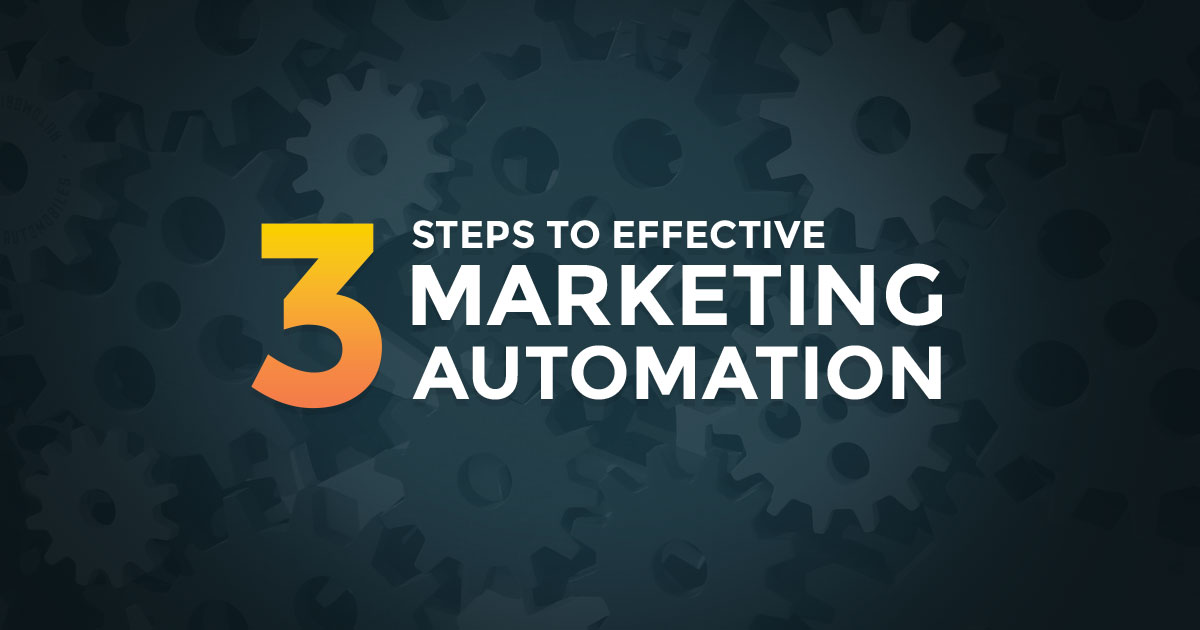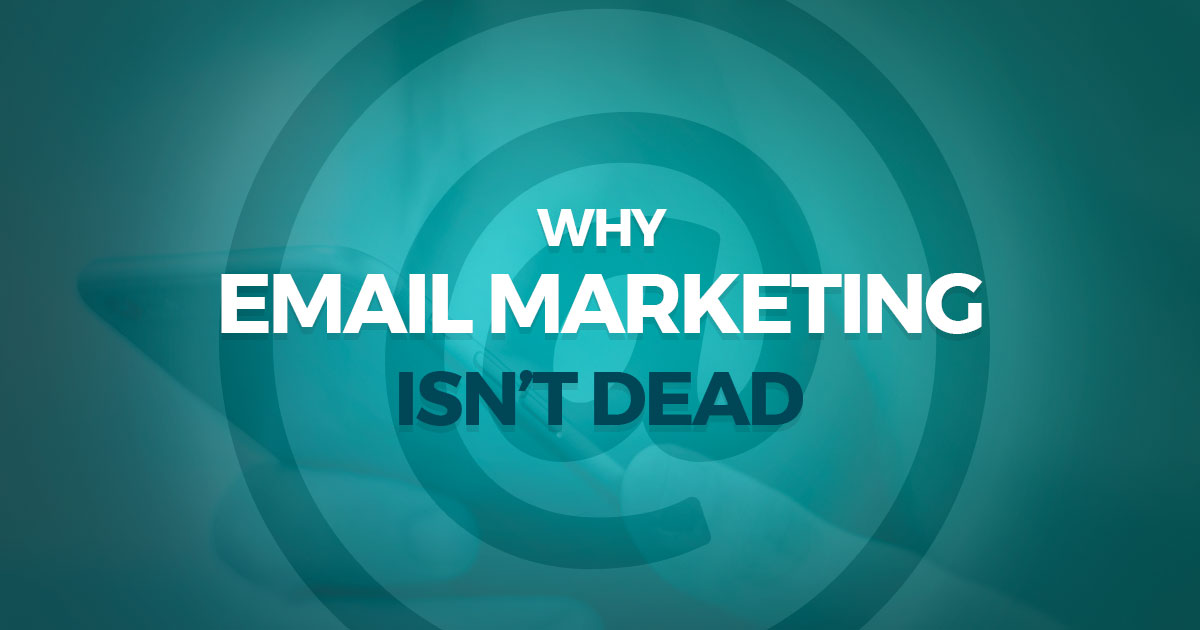Over the last few years, we’ve seen a building pressure on marketing teams to perform in often competitive, saturated market places. Marketers are being expected to take on a more and more responsibilities in a constantly growing remit, with an increased focus on short-term measurements both increasing the workload, and driving the strategic agenda.
It’s perhaps why, according to the 2017 State of Marketing Work Report, marketers claimed to spend just 38% of their time working on their primary job duties. The remaining 62% of time is devoted to email, meetings and general administrative tasks (AdWeek, 2017).
In that same period, we’ve seen the subject of marketing automation become more and more prevalent, with brands and marketers investing significant resources into tools and software that can ease much of that workload burden, and allow marketers to go back to doing the things that they are, or should be, good at.
When automation first came on the scene, many professionals didn’t see the need for it, or worse – thought that it would take their job from them. But it was created to remove as many repetitive tasks as it could from a marketers daily workload and in doing so, free them up to review their activities at a strategic level, allowing them to drive even more sales and continue to add brand value. In 2017, Salesforce reported that 67% of Marketing Leaders use a Marketing Automation Platform, and Liana Technologies found that almost 40% of those not yet using Marketing Automation were planning to invest in the next 12 months.
Automation is nothing to fear

Successful automated marketing is all about using the tools you have to hand to manage and scale your existing (and effective) marketing efforts, increase your overall efficiency and optimise every element of your marketing.
It’s important not to mistake marketing automation and automation platforms with email service providers. Whilst email marketing is a component of a marketing automation platform, automation tools allow companies to target audiences across multiple channels – not just email. Integrated campaigns, reaching leads at different touch-points, can create a seamless and consistent buyer journey.
Marketing automation can also be a very effective tool to unlock the power of your data. As personalisation becomes a much hotter topic, automation can play an important role in targeting the right audiences with the right communications, increasing customer lifetime value and improving prospect engagement throughout the sales funnel. This personalisation can be based on various segmentation rules as well as automatic triggers, such as previous content engagement, to increase the shelf life of your creative communications. This means less repetition and more time to work on brand new, standout content.
Marketing automation also makes reporting much easier and, given the trend in some organisations to focus on short-term performance (often to the detriment of medium and long-term results), that makes it a potentially important part of the marketers arsenal. It removes the need to spend hours manipulating excel files, or manually inputting data to produce standard counts, freeing that time to examine the trends and pull together the key insight that drives their next campaign plan. Having the figures to hand allows marketers to change their campaigns or even A/B split test their activities to find out what works best with their audience.
The benefits to the bottom line

Automation technology brings sales and marketing operations together. Historically, we’ve seen tension between the two entities as sales teams argue that they aren’t being passed through either the right quantity or quality of leads, whilst marketing teams express their own frustrations that sales teams aren’t following-up and nurturing the leads that they have provided. Marketing automation platforms give full transparency on the on boarding process, from a leads first touch point all the way through to a closed-deal, removing any bottlenecks along the way.
Deployed correctly, automation strategies allows sales functions to prioritise their leads, keep their CRM and database up to date and perhaps most importantly, reduce their lead conversion time by utilising tools such as automated sequencing to follow-up with warm leads.
And the business case for much of this is that the overall cost of implementing a marketing automation solution can be more than off-set by the time saved for your team and the increased productivity that comes from that time and the greater levels of transparency that such a system creates. It isn’t exaggerating to say that the right automation system can allow a one-person marketing team to generate the output of one that is significantly larger, and that is where you realise that return on investment.
Knowing when to automate
Some marketers make the mistake of believing that automation tools have the power alone to increase sales leads and revenue. Sadly not.
Marketing automation can be a content-hungry process, and the more that you can feed into that process, the more successful you will be at segmenting and personalising your content, keeping your audiences engaged, and nurturing them through the sales process.
It is also important to remember that whilst many of the processes are automated, the system will only do what it has been programmed to do – like any system, it is only as good as the human brains that are behind it. The biggest reason why organisations fail at implementing Marketing Automation solutions is because they skip over the strategy, neglect to think about how the automation will engage with your audiences, and expect the automation to do more than it is capable of.
So when is the right time and when should your business look to implement a solution? If any of the below apply to you, it could be time to start considering.
Drowning in leads
One of the biggest reasons for organisations to consider automation is when they have more leads than the business can handle. It’s a nice problem to have, but if you are paying for leads that you are then struggling to keep warm, you’re not going to see that return on investment.
Automation platforms allow you to scale up your existing strategy and reach a wider audience, using different channels and touch-points and in doing so, generating even more leads in a manageable environment.
Converting those leads
Generating a lot of leads is one thing, but how effective are you at converting them?
Lead Scoring allows you to prioritise your leads and check the quality, based on your specific criteria, before progressing them through to sales. For contacts that are not quite sales-ready, easy to create nurture programmes, allow you to drip-feed relevant content to them to ensure your brand is front-of-mind. This content also provides you with much more intelligence about each contact, increasing their lead score and helping your sales teams to have much more relevant conversations.
Consolidation of tools and reports
Over time, organisations end up having a suite of various tools at their disposal – one to schedule social media posts, one to send email campaigns and another to track your sales pipeline. Many of these tools may be under-used, few will communicate with each other and the different reports and metrics used by each one will make it difficult to get the full picture of your audiences.
Implementing a marketing automation solution that does all of things will cut down costs, save time and provide you with a much more integrated overview of your sales and marketing activity.
Focus on making your marketing better
Marketing automation can make a huge difference to teams that are being consumed by manual, repetitive and inefficient tasks.
Let the system take the strain, whilst you do the things that humans do better than machines – utilising data, making informed decisions and coming up with creative solutions.
Want to learn more?

Marketing automation has become a significant focus for organisations looking to drive efficiencies in their marketing, sales and lead generation strategies. But despite this increased focus and investment, many brands are struggling to realise how the right automation strategies and tactics can make their marketing and sales operations more efficient and effective.
Three steps to effective marketing automation will discuss how to develop and deploy a marketing automation strategy from the ground up, focusing on key challenges such as lead generation, prospecting and sales nuturing, to ensure that your sales and marketing teams are focusing their efforts in the right areas.
What you’ll get from this guide:
- The business case for marketing automation, and how it can transform your sales and marketing strategy.
- The three core pillars behind effective marketing automation and lead generation, and how you can make them work for you.
- How to determine whether an Inbound, account based marketing (ABM) or a hybrid approach is most appropriate for your organisation and its objectives.
- How lead scoring and eCRM techniques can generate much more insight and intelligence about your leads as they go through the purchasing process.
- How to effectively audit, manage and create your content assets, ensuring that the right communications reach the right leads at the right time.
- How to effectively nurture your leads for better sales conversations.


